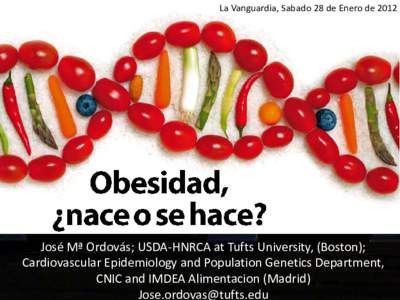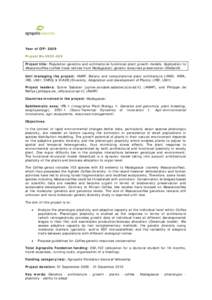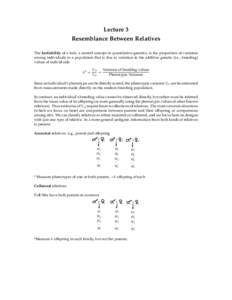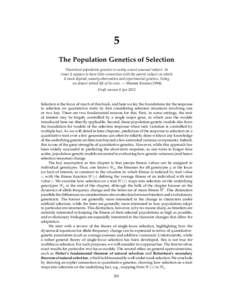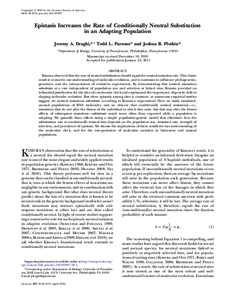<--- Back to Details
| First Page | Document Content | |
|---|---|---|
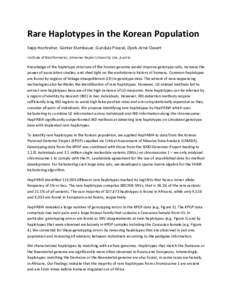 Date: 2012-08-02 03:30:02Biology Genetics Population genetics Academia Genetic genealogy Classical genetics Computational biology DNA Haplotype Linkage disequilibrium Single-nucleotide polymorphism Genetic association |
Add to Reading List |
 Rare Haplotypes in the Korean Population Sepp Hochreiter, Günter Klambauer, Gundula Povysil, Djork‐Arné Clevert Institute of Bioinformatics, Johannes Kepler University Linz, Austria Knowledge
Rare Haplotypes in the Korean Population Sepp Hochreiter, Günter Klambauer, Gundula Povysil, Djork‐Arné Clevert Institute of Bioinformatics, Johannes Kepler University Linz, Austria Knowledge